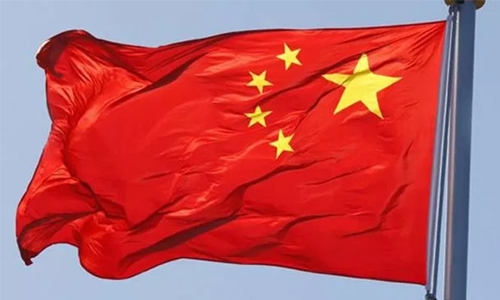China’s economy maintained stable and sound development in 2018
In 2018, against the backdrop of a complicated international and domestic environment, China’s national economy maintained stable and sound development momentum. The main expected goals of economic and social development were achieved. Firstly, the economy maintained medium-to-high-speed growth, with total economic output reaching a new level. GDP grew by 6.6 percent over the previous year, achieving the growth target of around 6.5 percent. The growth rate ranked first among the world’s top five economies.
China is the largest contributor to world economic growth at nearly 30 percent. In 2018, GDP exceeded 90 trillion yuan, an increase of nearly 8 trillion yuan over the previous year. Converted using an average exchange rate, total economic output reached US$13.6 trillion, second in the world. Secondly, price increases proved to be lower than expected, with a moderate rise in consumer prices. The CPI rose by 2.1 percent from the previous year, lower than the approximate 3 percent that had been expected. Thirdly, urban employment continued to expand, and new employment increased substantially.
In 2018, the number of new urban jobs stood at 13.61 million; the urban surveyed unemployment rate remained at around 5 percent for the whole year and, in fact, was less than 5 percent in the later months of the year, achieving the target of keeping the figure below 5.5 percent that had been proposed in early 2018. Fourthly, Imports and exports maintained stable growth momentum, with a basic balance being achieved in international payments. For the first time, the total volume of imports and exports exceeded 30 trillion yuan, and the scale of trade in goods reached a new high, ranking first in the world.
The trade structure continued to be optimized, the proportion of general trade imports and exports increased, the proportion of exports of mechanical and electrical products increased, and the foreign exchange reserves remained above US$3 trillion. The RMB exchange rate was basically stable. At the same time, the economic performance, amid overall stability, presents aspects that arouse people’s concern. The major reason firstly stems from the external environment. We are all very concerned about the way the international situation is trending, full of variable and uncertain factors.
The past year witnessed ups and downs in the world economy, such as the financial market and prices of large quantities of commodities fluctuating sharply, along with a drastic fall in global investment and the prevalence of global trade protectionism and unilateralism. All these developments in the international situation impacted on China – the second largest economy in the world with its import and export volumes accounting for one-third of total GDP. Other factors came from internal environment. Currently the economy is in a transition stage, during which the throes of the reform process are unavoidable, with a constantly changing situation.
There are inevitably various contradictions, challenges and difficulties in such a transition period. In particular, the economy faces significant downward pressures. It should be noted that the economic growth rate dropped slightly, as was expected, of course. In 2019, we will continue to take advantage of the important period of strategic opportunities for development, adhere to the policy of making progress while pursuing stability, commit ourselves to the new development philosophy, seek high-quality development, and pursue supply-side structural reform as the main task.
We will stimulate market vitality, demand potential and the driving force of growth, and take comprehensive steps to stabilize growth, facilitate reform, adjust various structures, improve people’s livelihood and prevent risks. At the same time, we should also improve the counter-cyclical adjustment of macro policies, enhance structural policies in regard to institutional development, ensure we can continue to provide the basic needs in regard to social policies, and maintain continuous and healthy economic development and social stability, so as to lay a key foundation for building a moderately prosperous society in all aspects.
Related Posts

